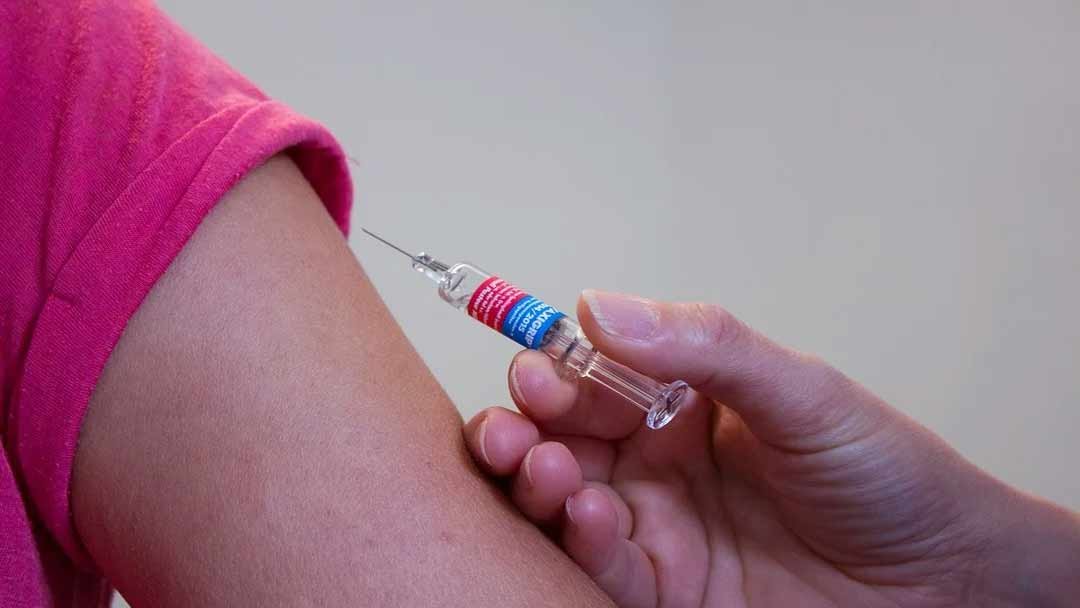Covid-19 vaccine doses are being given to around 50 people in India per session, half of the government’s projected average. This is primarily because of the hesitation in the vaccine, which led people to be unable to inoculate.
According to data released by the Ministry of Health, between Saturday and Monday, 381,305 people earned Jab at 7,704 sessions. However, several health workers who were due to receive the vaccine did not show up.
The total number of vaccinations till Monday was 429,409.
The participation decreased from 4,319 on Saturday to 3,593 on Monday, except for Sunday. Just eight people were inoculated on Monday at the All-India Institute of Medical Sciences (AIIMS) in Delhi. Vaccine safety issues have prevented people from taking vaccines.
Social media have created a great deal of anxiety
“Initially, health workers wanted to get the vaccines,” said Dr Randeep Guleria, the head of the All India Institute of Medical Sciences (AIIMS).
“But then, the infodemic and the rounds of social media have created a great deal of anxiety, not only among health workers but also among the general public, because of the side effects that were highlighted more than what they were,” Dr. Guleria added.
Additional secretary of the Union Ministry of Health Manohar Aghnani said that in three days after the campaign, 580 cases of adverse vaccine reactions were registered.
All adverse events, such as nausea and moderate fever, have been taken into account by the Ministry of Health. Seven of the 580 hospitals required, representing just 0.15 per cent of those immunized, according to media reports.
Both vaccine manufacturers Serum Institute and Bharat Biotech have released factsheets on their vaccines and advised people with some health problems of being vigilant while they were on inoculation.
Time to End the hesitation of vaccine:
Dr VK Paul, Member of Health, NITI Aayog, stressed that there was “unfounded,” “negligible” and “insignificant” concern about the adverse effects. Dr Paul noted that data that indicate that Covishield and Covaxin did not excite improper reactogenicity were seen to demonstrate the safety of the two vaccines.
Dr Paul said that the time has come to end vaccine hesitancy and stressed that the proportion of Adverse Event Following Immunisation, AEFI (0.1%) in India to the total vaccinated is far less than that of even Pfizer vaccine (0.6%).
While the data is reassuring, Dr Paul called upon people to dispel false narratives and take the vaccine if it were available.
After immunization, only 0.002 per cent of people were hospitalized
In the COVID vaccination exercise, the Health Ministry highlighted the low AEFI levels. Till now. After immunization, only 0.002 per cent of people were hospitalized.
Union Health Secretary Rajesh Bhushan insisted that there was no need to worry because the AEFI prices were very low and that India had an extremely robust AEFI reporting and management system.
How are people monitored for AEFI?
In the case of Covishield, the monitoring is passive. After the immediate post-vaccination period, it is the duty of the person to report symptoms and adverse events. For Covaxin, which has been licensed by the regulator for ‘Limited Use in an Emergency Situation,’ monitoring is an active way that individuals can be monitored on a regular basis for any adverse incidents.







